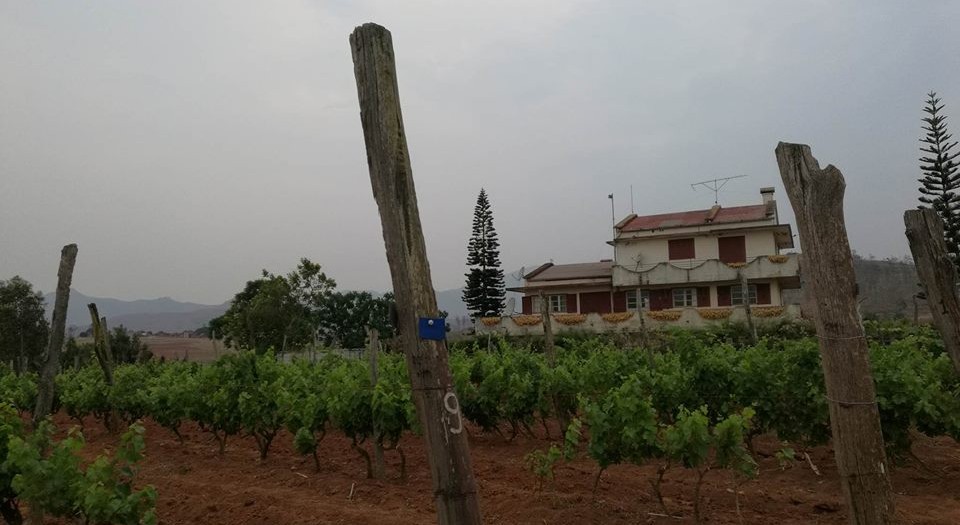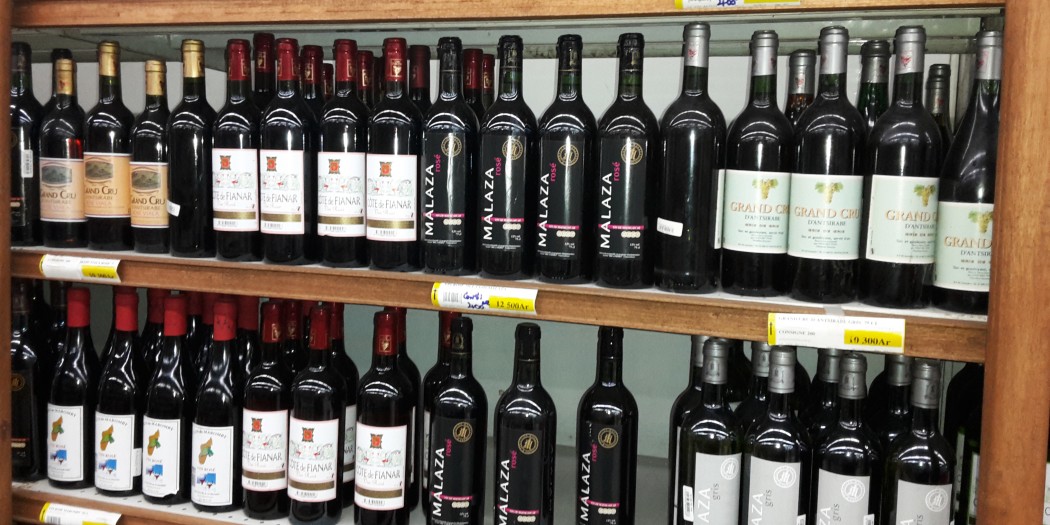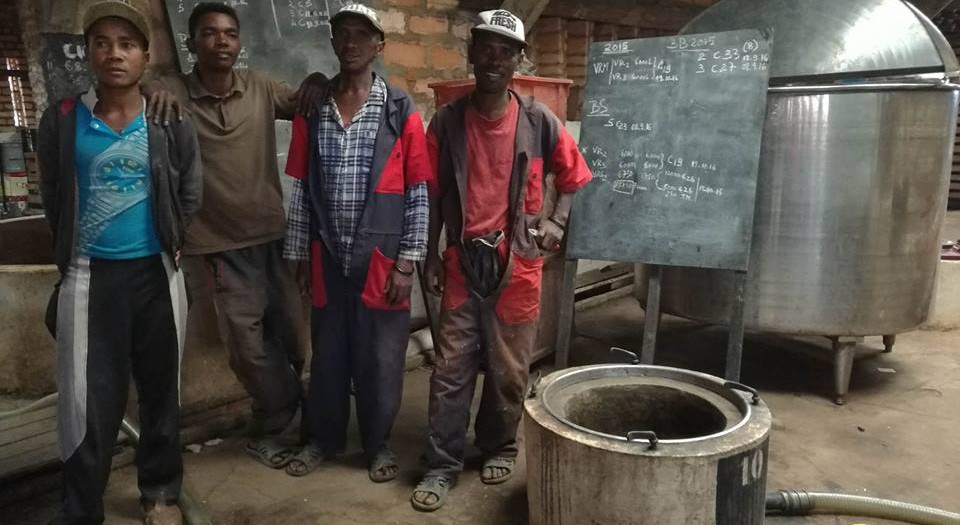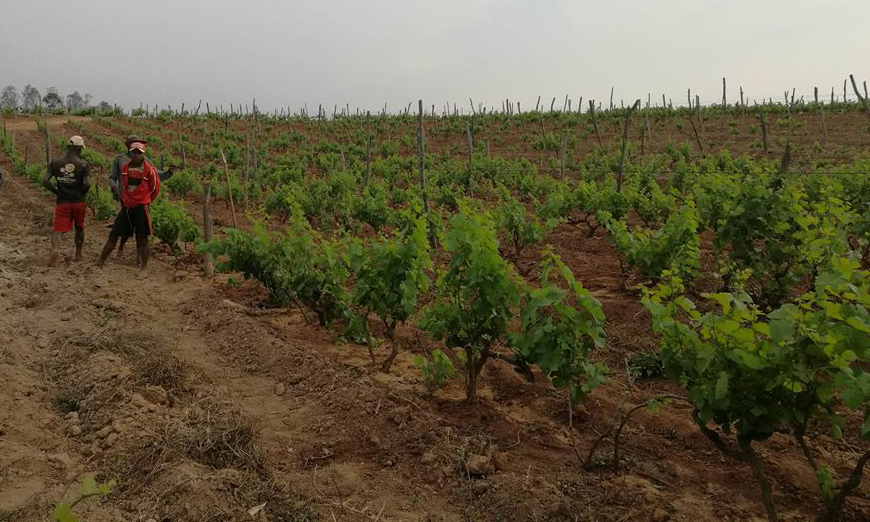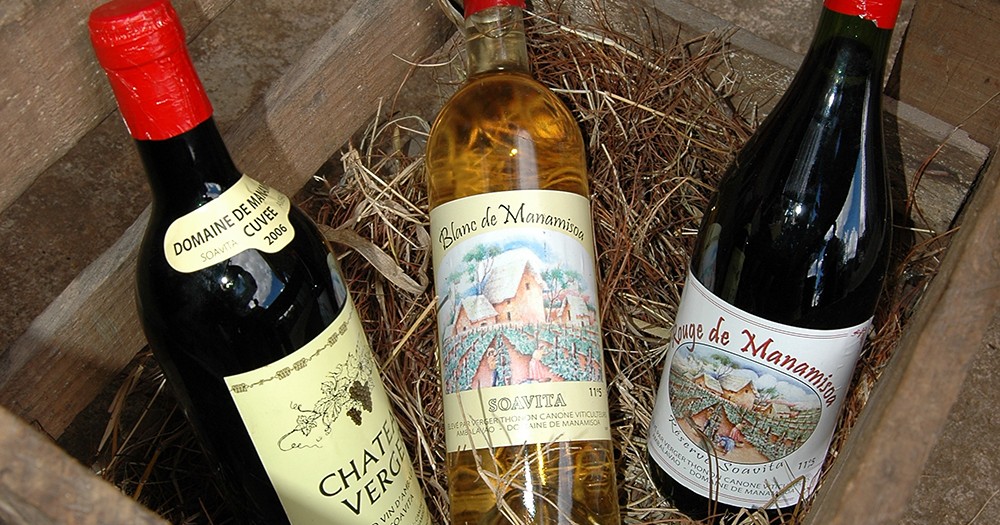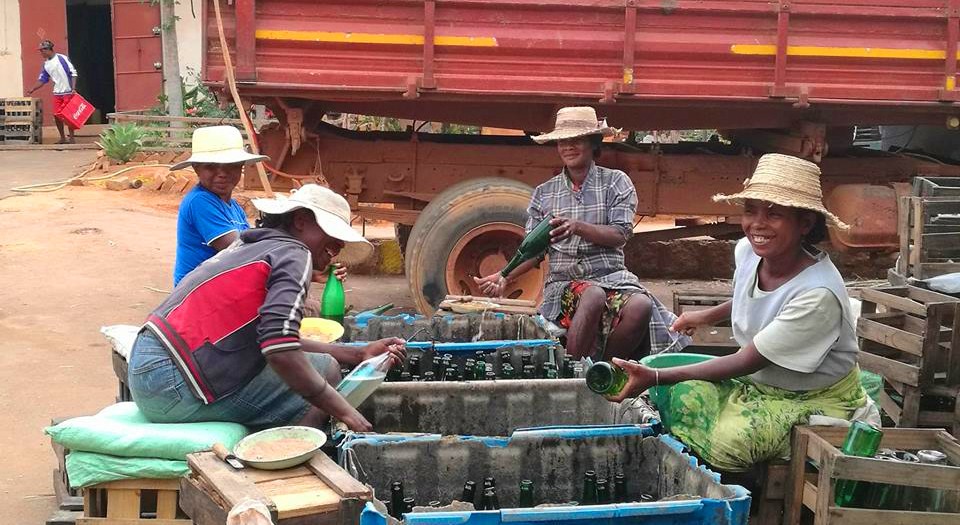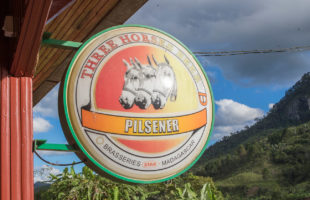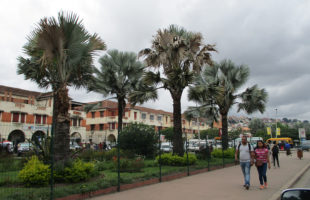In 19th century yet, Jesuitical missionaries and with them, their knowledge about viticulture reached the island of Madagascar. In 1802, the botanist André Michaux cultivated vines of the sort “Isabelle” (Vitis labrusca) in the area around Ivondro for the first time – rather more due to curiosity than because of economical reasons. In 1845, the French man Jean Laborde produced wine under the critical eyes of queen Ranavalona I. in Mantasoa, a city north of Antananarivo. In 1886, some Americans tried to grow wine in the southern highlands around Ambositra, and some more trials in many parts of the country followed. Deliverances from the Merina people bear witness to almost 0,37 km² vineyards in the Malagasy highlands in 1905.
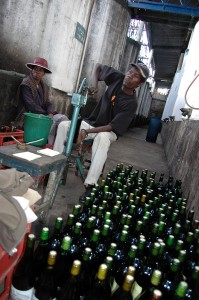
But it was not before the colonial time under the French, more exact during the 1920ies when the viticulture in Madagascar reached amounts worth mentioning. In 1958, a French Cistercian abbot founded the monastery of Maromby, few kilometers north of Fianarantsoa. Today they still produce wine over there, and mostly Malagasy monks live and work in the monastery. In 1971, the confraternity “Lazan’i Betsileo” (pride of Betsileo) was founded near Fianarantsoa. It derives from a project of Swiss development aid and the Malagasy state and owns seven wine-growing districts and thereby almost half of the total volume of vines in Madagascar. With the termination of the Swiss development aid, the corporation however was plunged into a deep crisis and, from which it recovers only draggingly. Temporarily, the confraternity was completely incapable of acting. Under the supervision of Lazan’i Betsileo, there’s another kind of confraternity of Malagasy vintners, Fiombonan’ny Mpamboly Voaloboka (FMV).
Between 1960 and 2000, Madagascar’s viticulture grew from less than one to an area of 5,5 km². Today, some travel guides speak of 27 km² vineyard acreage – but where they got this number from, stays unexplained. Some wine experts evaluate the complete vineyard acreage of Madagascar up to date at about 30 to 40 km², but some also estimate the vineyards all together being only 6 km². Unfortunately, there’s no exact faithful statement or even measurements.
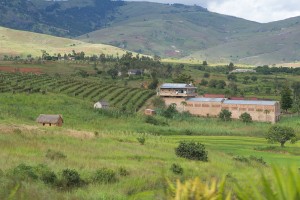
The only region, where vines can grow in Madagascar, in the southern highland between Antsirabe and Fianarantsoa. Both cities are connected via RN7 and well to reach from the capital Antananarivo in some days by car. The climate here is moderately warm with not too heavily developed dry and rainy seasons. Accordingly, this is a place to grow the vine, while southern and western Madagascar would be too dry and hot, and the eastern part of the country would be far too wet.
Nowadays, a handful of vintners cares for the exploitation of the acreage and organizes a manageable vine market within the Malagasy borders. It’s mainly French men and the Malagasy descendants of Chinese who came into the country at the beginning of the 20th century, who took over control in Malagasy viticulture. Completely native vintners, mainly from the Betsileo people, administer only 40 % of the vineyards. The third group of vintners is the posterity of missionaries, who produce vine in monasteries like Monastère.
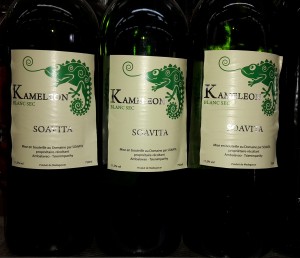
In Madagascar, vines are mostly planted in lines along wooden espaliers. Some yards are still cultivated with single wooden growth supports, the vines distributed irregularly on a large field. Similar to rice, vineyards are often planted in terraces. The biggest enemies of a vitner in Madagascar are the insidious tropical climate and vermins, e.g. termites, grapevine louse, and birds. Complying to the aggravated conditions, first of all, hybrid vines thrive well in Madagascar, among them Couderc Blanc, Syval Blanc, and Villard Blanc for white wine and Villard Noir, Chambourcin, Varousset as well as Petit Bouchet (Cabernet Sauvignon) for red wine. All these sorts are so-called French-American hybrids, created by crossings of different Vitis species in Europe in the 1860ies. They were thought to link the tough American vine sorts with the delicacy and elegance of the European wines. Since 2010, a French-Malagasy couple produces wine only from European vines (Vitis vinifera) under the name Clos Nomena. The biggest viticulture company of Madagascar, Soa Vita, brought help from France one year before to switch at least partially to European vines, too. At least a small part of European vines is also used by the other vintners.
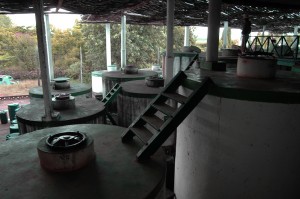
Grape harvest in Madagascar is done in February, which means at the end of the tropical rainy season. All work stages are pure handiwork, nothing is done by machines. The Malagasy don’t know refractometer to measure the sugar content of the grapes. To find the perfect time to harvest, they just try the grapes themselves. The cider of the pressed out grapes ends up in big concrete, rarely steel barrels, where it ferments six months. Wooden barrels do not belong to the equipment of most wineries, and you will also look futilely for yeast additions. In contrast, the most kind of wines is made by adding a lot of cane sugar, sometimes up to 20 % (Chaptalisation).
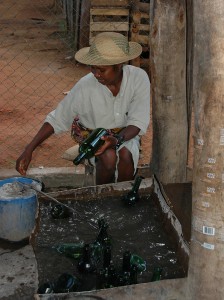
A big problem for Malagasy vintners is bottling and suberization of the wine. Until today, the whole island has no fabric producing glass, that’s why glass bottles have to be expensively imported from other countries. As a consequence, most bottles are collected when empty and washed with a mixture of ash and water to recycle them. In some smaller villages, it can even happen that you get your wine served in a former rum bottle. Corking is done by hand with old table corking machines.
Besides red wine, white wine, and Rosé, you can also get some special kind of wine in Madagascar, Vin Gris. Additionally, the Malagasy make various aperitive wines with coconut, pineapple, or orange taste. Still today, the Malagasy wine is worldwide poorly known and is often dismissed as a wine of inferior quality. For sure, the quality is often not really laudable, and the viticulture is far from being as sophisticated as it is in Europe. But nevertheless, Malagasy wine has its right to exist, and many wines can go for good table wines.
- Domaine Lovasoa, Soaindrana
Wines: Vin de Betsileo - Domaine Mendrika, Soaindrana
Wines: Domaine Mendrika - Chan Fao Tong, Antsirabe
Wines: Grand Cru d’Antsirabe - Monastère de Maromby, Fianarantsoa
Wines: Clos de Maromby - S.A. Chan Foui et fils, Ambalavao
Wines: Coteaux d’Ambalavao, Cote de Fianar, Beauvallon, Blanc doux de Maroparasy - S.A. Lazan’i Betsileo, Fianarantsoa
Wines: Haute Matsiatra - Sociéte Mac et frères, Ambohimalaza
Wines: Clos Malaza - Sociéte Malaza Sarl, Soanierana
Wines: Cru Malaza - Verger-Thonon-Canone Viticulteurs, Domaine de Manamisoa, Soavita
Wines: Chateau verger, Vin de Manamisoa
 MADAMAGAZINE Your Magazine about Madagascar
MADAMAGAZINE Your Magazine about Madagascar
